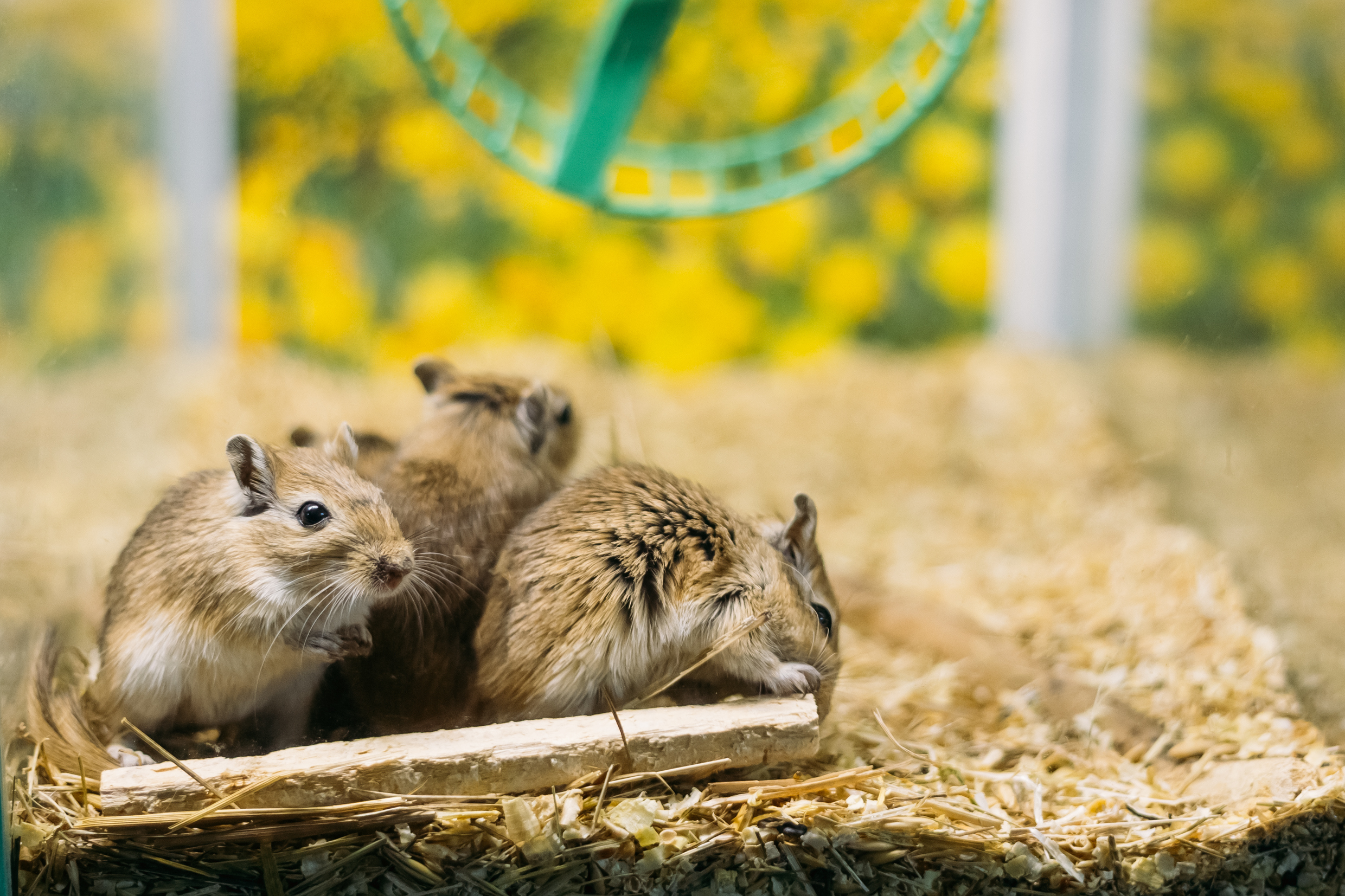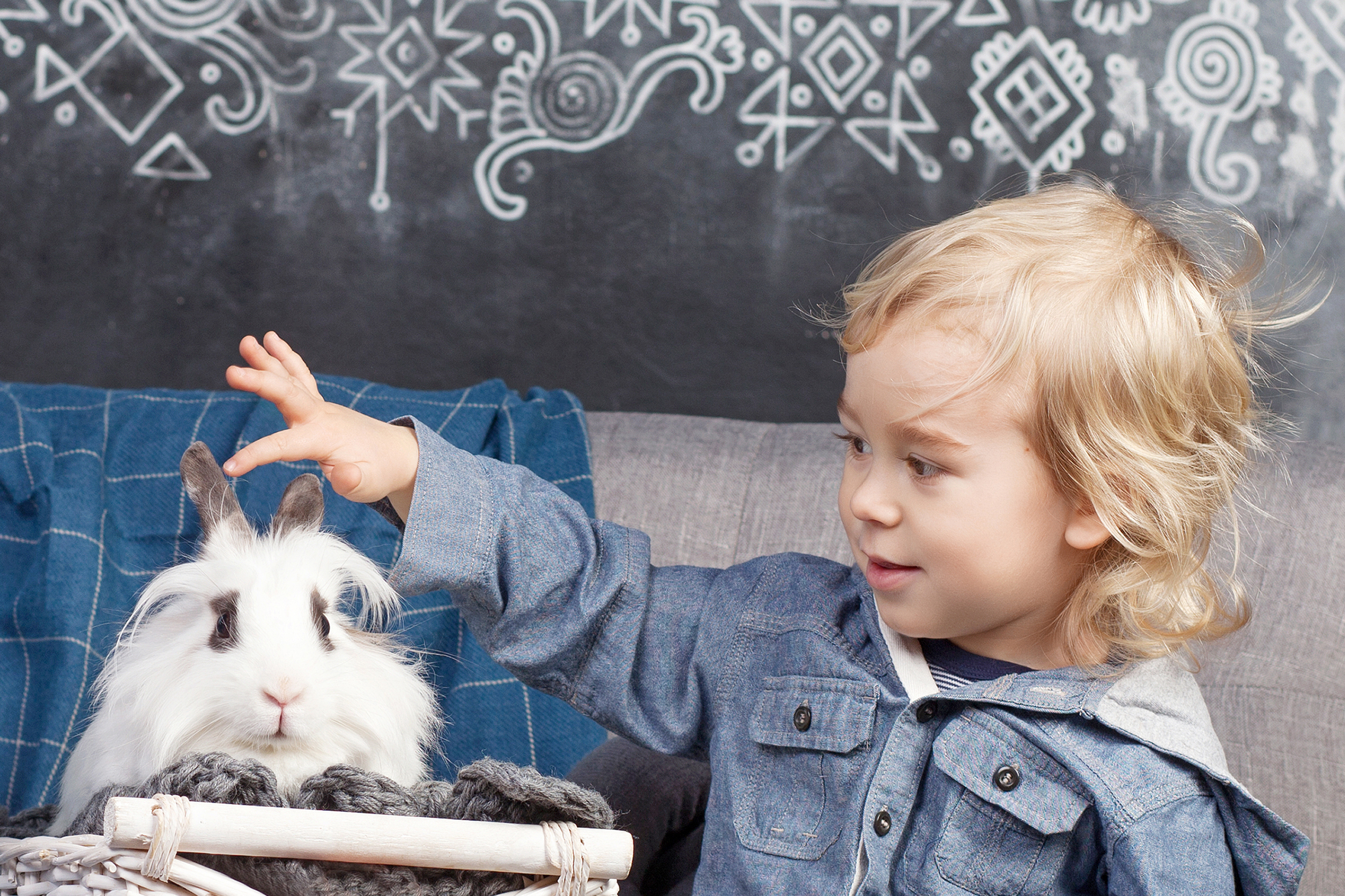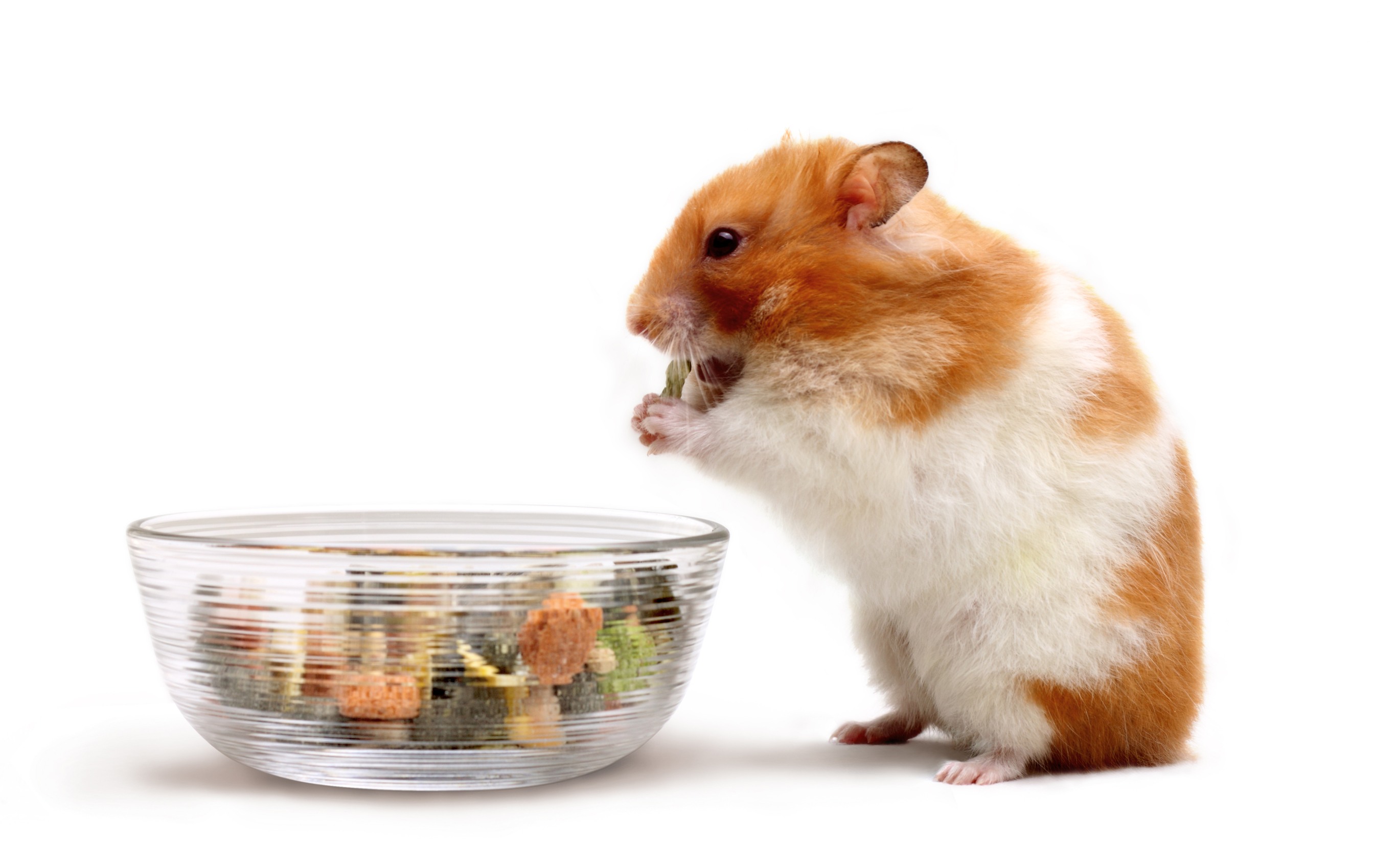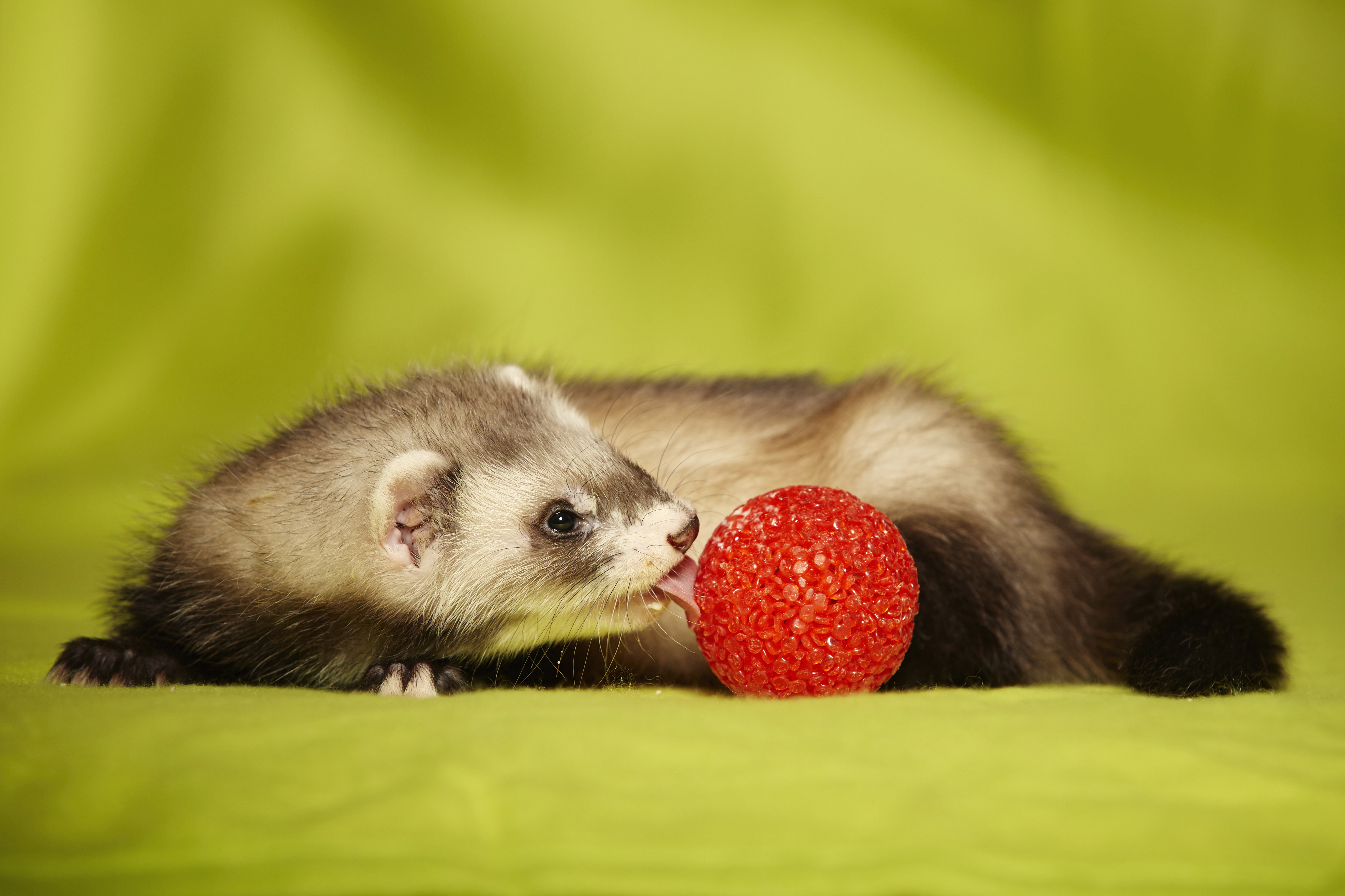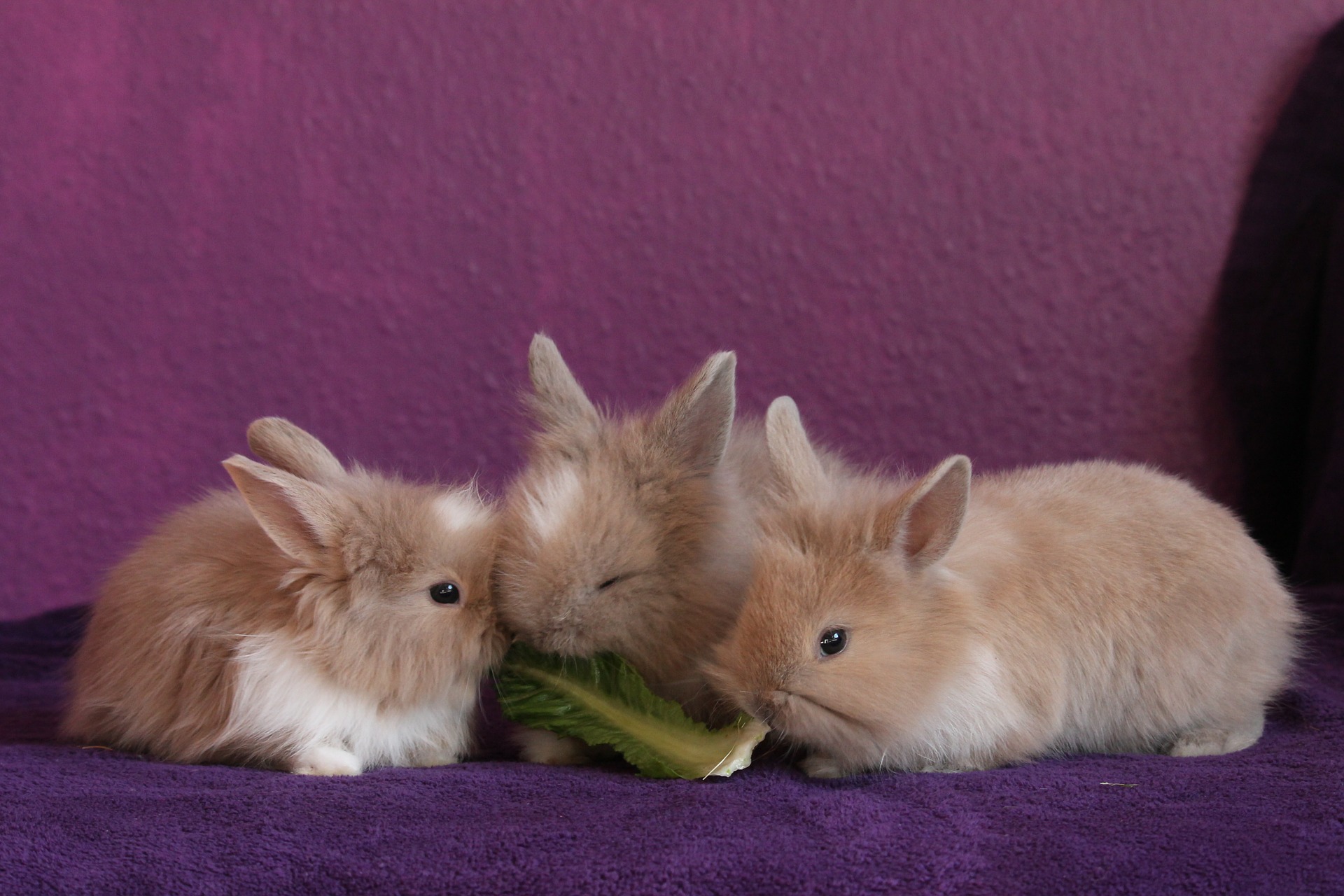The Paper Chase
Erik J. Martin //February 1, 2016//
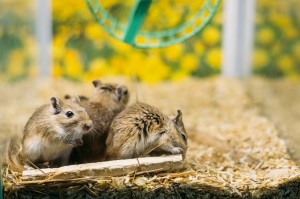 With so many new and improved habitats, foods and toys now on the market for small animals, it is easy to overlook the bottom of the cage. Like the foundation of a house, the substrate that lines the base is an essential component of the enclosure—serving as a ground zero where the pet will burrow, nest, sleep and perform most of its functions.
With so many new and improved habitats, foods and toys now on the market for small animals, it is easy to overlook the bottom of the cage. Like the foundation of a house, the substrate that lines the base is an essential component of the enclosure—serving as a ground zero where the pet will burrow, nest, sleep and perform most of its functions.
Thankfully, pet product manufacturers have devoted greater attention to this category in recent years. By infusing more colors, natural materials and scents into the merchandise, they’ve also given consumers increased incentive to invest in the new breed of bedding and litter products.
Where wood shavings and plain pellets used to rule, recycled paper products that boast environmentally smart ingredients are today’s substrate of choice, as evidenced by a plethora of bedding and litter brands that boast materials like shredded newspaper and eliminate dust, absorb moisture better and reduce odors.
Pleasing to the Eye and the Nose
“[Litter] products with a combination of textures and colors dominate the market today,” said Jane Morehouse, product research and development manager for Kordon LLC in Hayward, Calif. “The more colorful products appeal to pet parents of different ages and makes the bedding section more inviting.”
Indeed, eye-catching hues are in ample supply. Kaytee’s Soft Sorbent Colors bedding/litter, made from soft, highly absorbent wood fibers not suitable for paper production and available in pink, purple or green colors, livens up any cage and won’t stain the surroundings thanks to colorfast properties. Hagen’s Living World Fresh ‘N Comfy bedding, which contains baking soda for better odor control and absorbency, is offered in tan, blue or green. Vitakraft’s All Small Animals Fresh World Bedding, another paper-based litter with baking soda, comes in pink, purple and gray.
“Using these bedding products in a color-coordinated manner in live pet habitats creates an inviting display,” Morehouse adds. “For example, using purple bedding with a purple plastic house or coordinating blue bedding with blue feed dishes and water bottles will create an attractive themed cage.”
Pleasant-scented bedding/litter is also popular nowadays. One case in point is Kaytee’s Clean & Cozy Bedding. This product appeals to the nose with aromas like lavender, rose and summer storm. Kaytee’s Soft Granule Blend, offered in cinnamon, mint, orange, rose and lavender, includes genuine herbal ingredients like flower petals to create a soothing smell.
Reducing the Carbon Pawprint
Perhaps more than color or fragrance, eco-friendly features are what capture the consumer’s conscience as well as their pet store dollars. Biodegradable, nontoxic, natural and sustainable materials are heavily promoted on the packaging, as are green practices that tout the manufacturer’s commitment to ecology.
For example, Carefresh claims its Complete bedding product is the only small animal bedding made from scratch, using natural reclaimed paper fibers that absorb three times more liquid than wood shavings. And Green Dreamzz pet bedding by American Pet sources its substrate from recycled but unused phone book paper and derives its colors from edible vegetable inks.
Carefresh also recently introduced the first species-specific animal bedding products with its Custom line of bedding products featuring paper pieces that vary in size. Because gerbils and hamsters enjoy burrowing into their bedding, Custom Hamster and Gerbil bedding includes pieces that are 25 percent smaller and more conducive to burrowing. Custom Rabbit and Guinea Pig bedding, meanwhile, offers bigger pieces that are easier to pile and curl up into than typical shredded paper or wood shaving substrates.
The Perks of Upscale Offerings
While many pet retailers choose to carry inexpensive litter and offer bins of bedding material in bulk, which can appeal to a shopper’s value-minded sensibilities, do not refrain from stocking the premium stuff, suggests Samuel Cohen, vice president of sales and marketing for Healthy Pet, makers of Carefresh.
“Retailers shouldn’t assume that small animal owners only want the cheapest products on the market,” Cohen said. “These consumers love their small pets like children and actually want a product their pet is going to be comfortable with and that performs exceptionally well. Carrying pet specialty exclusive brands can help keep small animal consumers coming back to your store every month.”
It’s also a smart idea to offer a variety of reusable litter pans, which are particularly helpful for potty training small furry friends and reducing litter scatter. Super Pet makes the Long John Litter Pan, ideal for ferrets and rabbits; the Hi-Bac Litter Pan, designed especially for rabbits; and the Tall Corner Locking Litter Pan, which includes a quick release lock for secure attachment to any wire cage. Additionally, the Critter Ware Small Animal Critter Potty by Ware decreases the need for cage cleanings.
Fitter Litter for a Better Bottom Line
Whatever bedding and litter products you choose to merchandise, be sure to recommend the right products and materials for the right species. For example, when it comes to guinea pigs, which have no protective hair on the bottom of their feet, softer paper flakes or shreds should be recommended over paper bedding pellets.
Lastly, don’t keep your small animal bedding products a secret; show them off within your store and offer samples that your customers can take home.
“We always encourage displaying species-specific habitats and bedding into a section of the store so people can see the related products,” Cohen said. “Also, we recommend creating a dedicated area for essential care products displayed together in a store section or end cap to help make new pet ownership easy.”
